I am struggling with a simple calculation problem.
By theory for an arbitrary angle:
If
is
If I implement this in python or Matlab:
import numpy as np
alpha = -89.999961
alpha_rad = np.deg2rad(alpha)
result = np.arccos(np.sin(alpha_rad)**2 + np.cos(alpha_rad)**2)
print('%.16f' % result)
leads to
0.0000000149011612
whereas
alpha = -89.9999601
leads to
0.0000000000000000
It is also practically 0 using -89.999962°, but it is again 1.49011612e-08 for alpha = -89.9999°
Does anybody know the reason for this and which angles will lead to results bigger than 0. I am not an big expert in numerical mathematics, but the spacing of floating numbers is much smaller (2.220446049250313e-16). I want to multiply the result with a large number so it would be great, if the result is 0 in terms of floating numbers spacing.
Any help and explanation is very welcome!



